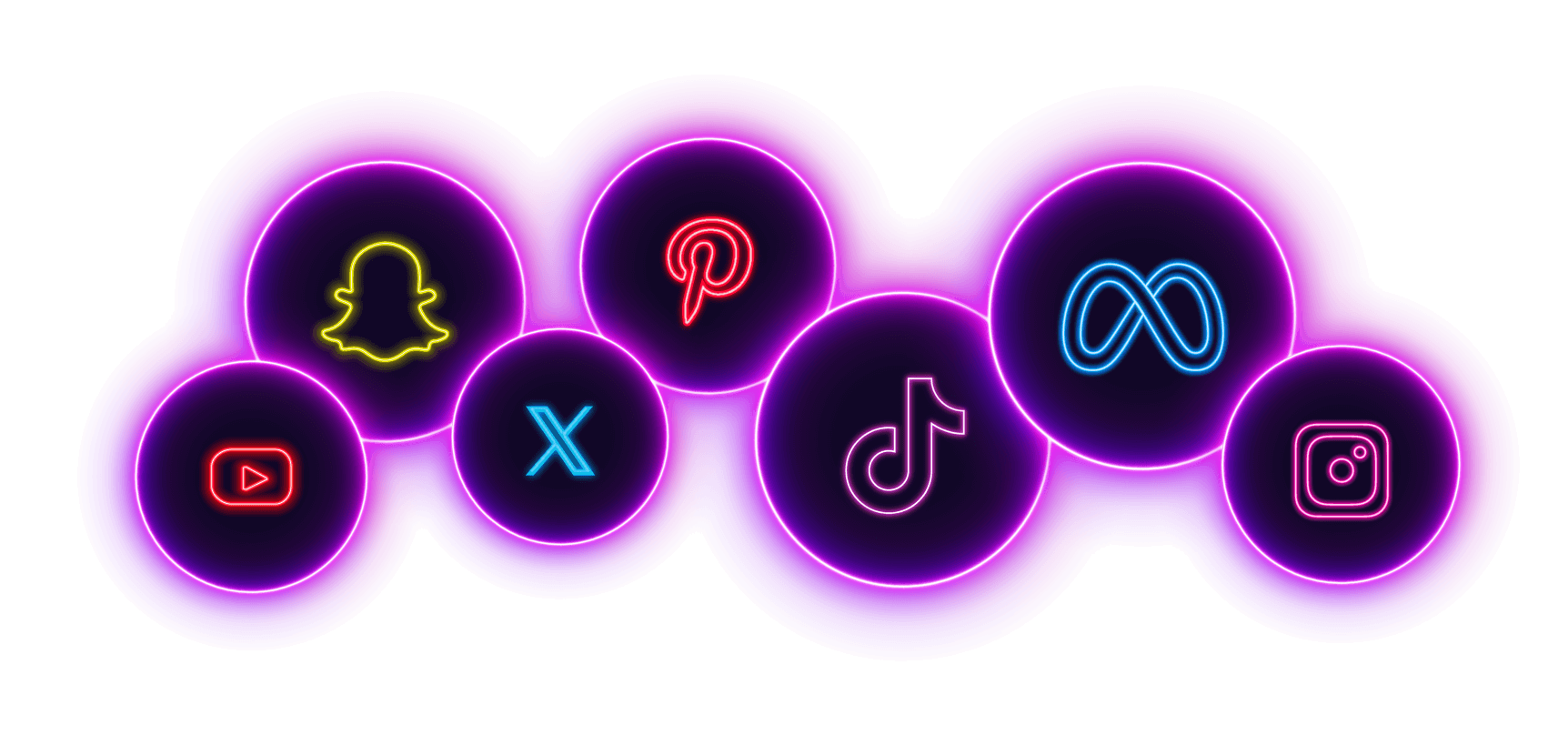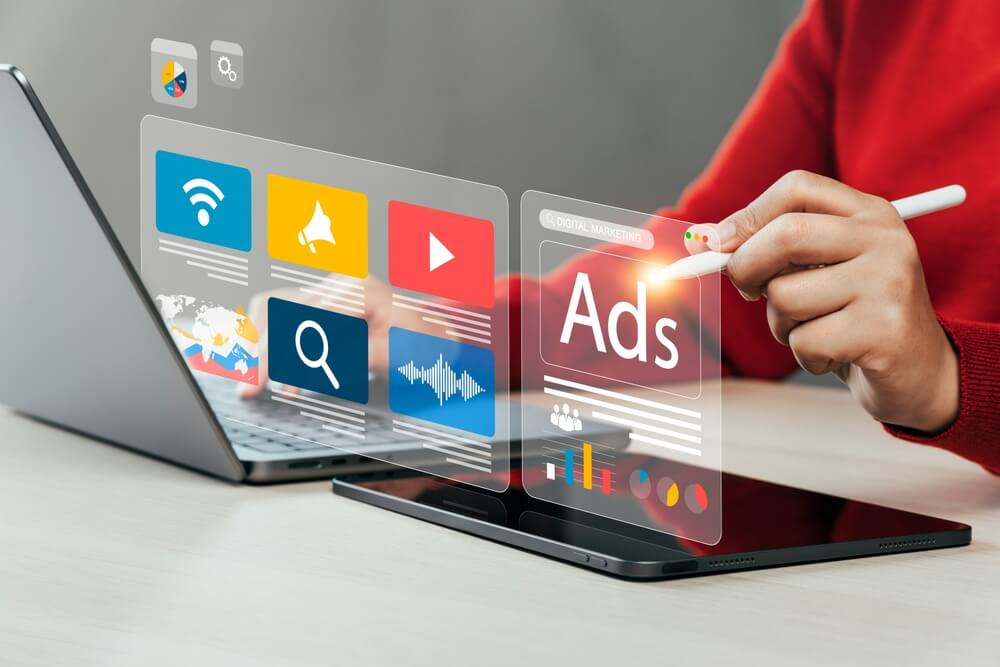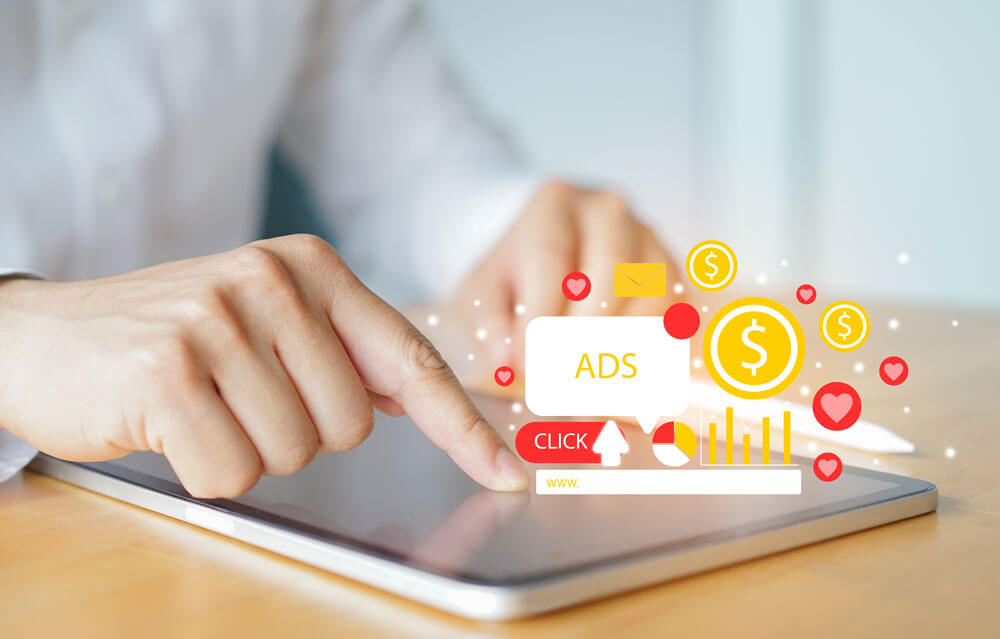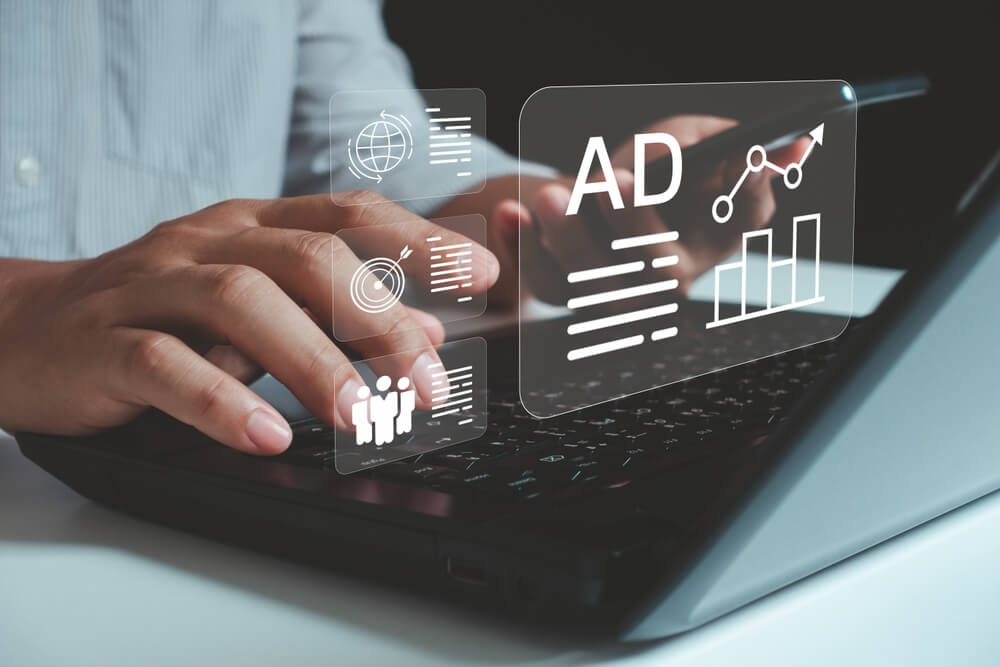How to Find the Best Influencer Niches for Your Brand
Influencer marketing has become one of the most effective ways to connect with targeted audiences. However, simply hiring influencers without understanding their niche or relevance to your brand can be a costly mistake. That's where finding the right influencer niches comes in. By aligning your brand with the right type of influencer, you not only increase your reach but also gain trust, engagement, and conversions.In this article, we'll guide you on how to find Instagram influencers in your niche, explore the types of influencer niches, and break down the 5 niches commonly used by influencers that are proven to work for brands across industries.What Are Influencer Niches?An influencer niche refers to a focused group or area where an influencer publishes content and talks to their fans. Influencers, like brands, focus on developing their identities around beauty, travel, fitness, finance and many others.When you select influencers close to your brand's area, your information is likely to be effective for the right audience. It's more suitable for a tech brand to work with gadget or gaming influencers rather than fashion bloggers.Why Finding the Right Influencer Niche MattersThe reason why choosing the best influencer niches matters for your brand is given below.More Support: Following influencers in a niche, means their followers are more likely to trust and support their ideas.More Benefit: Promoting to the right customers usually results in higher sales.Brand Alignment: Ensures your brand values and messaging are in sync with the influencer's content.Credibility and Trust: Audiences are more likely to trust endorsements from someone with domain expertise.5 Niches Commonly Used by InfluencersInfluencer marketing covers a wide range of topics, but some areas consistently bring in great engagement and results. If you're a brand looking to work with influencers, here are five niches that are highly effective and commonly used across platforms like Instagram and YouTube:1. Beauty and MakeupCreators in the beauty world are among the most followed online. They regularly post product swatches, tutorials, honest reviews, and skincare routines. Their content reaches people who are always on the lookout for tips and the latest trends in grooming and self-care.Ideal for: Makeup companies, skincare brands, grooming tools, haircare lines, and beauty tech products.2. Fitness and WellnessFitness influencers focus on health, motivation, and physical transformation. They share everything from daily workouts to nutrition advice, and their dedication often inspires loyal communities. This niche works really well for health-based products.Ideal for: Sportswear, protein powders, health snacks, fitness equipment, and wellness apps.3. Fashion and StyleStyle influencers set trends with their daily outfits, seasonal lookbooks, and styling tips. Their aesthetic feeds and creative reels help fashion brands connect with people who care about looking good and keeping up with trends.Ideal for: Clothing brands, fashion accessories, shoes, online boutiques, and lifestyle products.4. Travel and AdventureTravel influencers take their followers along on journeys to beautiful destinations, hidden gems, or unique local experiences. Their content builds excitement and sparks the urge to explore, making them perfect partners for brands in the travel industry.Ideal for: Hotels, resorts, airline services, backpacks, travel apps, and outdoor brands.5. Tech and GadgetsTech content creators are known for their in-depth reviews, hands-on videos, and helpful tech tips. From the latest gadgets to app walkthroughs, they keep their audience informed and ahead of the curve. This niche is growing fast, especially among younger audiences.Ideal for: Mobile devices, laptops, smart home products, apps, and gaming accessories.Types of Influencer Niches to ExploreAside from the most popular ones, here are additional types of influencer niches that brands are increasingly tapping into:Parenting/Mom Influencers: Ideal for baby products, education, and family-friendly brands.Food and Cooking: From recipes to restaurant reviews, perfect for food brands and kitchen gadgets.Finance and Investing: Rising niche for apps, financial services, crypto, and budgeting tools.Pet Influencers: Great for pet food, grooming, and accessories.Education/EdTech: Content creators who offer academic help, career guidance, and skill-based learning.While these markets might not be crowded, they have dedicated audiences which makes them excellent for brand partnerships.How to Find Instagram Influencers in Your NicheIf you're trying to discover Instagram influencers in your industry, you're not on your own. Because there are so many people creating on YouTube, it can be confusing to choose a starting point. Here's how you can do it step by step:1. Define Your Niche and AudienceYou should be well aware of your niche before you begin seeking out influencers. Who is the kind of person you want to serve? What do they care about? What issues does your product address?So, if your product is a vegan protein bar, your area of focus could be about veganism, fitness and wellness.2. Use Instagram HashtagsThe first place to start is by including hashtags that match your niche.#veganfitness#makeuptutorial#budgettravel#techreviewBy using these hashtags, you can spot content creators who share that kind of content often. Check the profiles of people who post popular content.3. Use Influencer Discovery ToolsPlatforms like:UpfluenceHeepsyBuzzSumoNinjaOutreachHypeAuditor...offer a way for you to choose influencers based on their niche, location, number of followers, rate of engagement and so on. The data shows you detailed results to help you choose what to do.4. Check Engagement RatesBeing popular on social media doesn't always mean you're an expert. Look for influencers with good engagement rates (typically 2-5% or more), especially within their niche.Check out the comments below-do they have a broad or specific theme? It's a good thing if you see people having individual interactions.5. Evaluate Their Content Style and Brand FitMake certain the tone, images and values in those articles match those of your brand. You needn't always go with an influencer from your sector if they don't fit your playful and Gen Z image.Also Read: How to Align Influencer Content with Brand GuidelinesMicro vs Macro Influencers in a NicheOnce you find influencers in your niche, you'll need to decide whether to go with micro-influencers (typically 1K-100K followers) or macro-influencers (100K+ followers).Micro-InfluencersAdvantages: Users engage more, it's more affordable and they can target a more specific group.Most helpful in: Focusing your ads on select groups and on a local basis.Macro-InfluencersAdvantages: Broadcast programs can be seen by a bigger audience and have better quality.Used most often: Nationwide or worldwide campaigns, to increase brand recognition.In targeted marketing, micro-influencers are usually more successful because of their solid ties with the community.Matching Your Brand Goals with the Right Influencer NicheTo ensure your influencer partnerships are successful, match your campaign goals with the influencer's niche. Here's a quick breakdown:Brand GoalBest Niche TypeDrive product salesBeauty, Tech, Fitness, FoodRaise brand awarenessFashion, Travel, LifestyleEducate or informFinance, EdTech, HealthIncrease community engagementParenting, Pet, Micro nichesRed Flags to Avoid When Choosing an InfluencerFitting an influencer into your campaign even in the right category is not always possible. Here is what to watch out for:Fake Followers: Check for sudden spikes in followers or low engagement.Poor Content Quality: Blurry images, inconsistent posting.Controversial Behavior: Past controversies may hurt your brand image.Audience Mismatch: Their audience might not align with your target market.Make sure to carefully check the backgrounds of influencers before you work with them.How to Collaborate with Influencers in Your NicheIf you have selected the right influencers, here are the best ways to collaborate with them:1. Set Clear Goals and KPIsChoose what ultimate outcome you want such as more engagement, better sales or greater awareness of the brand.2. Offer Creative FreedomInfluencers can tell what their followers prefer. Let them know how to act, but don't tell them word for word what to say.3. Track Campaign PerformanceUse tools like Google Analytics (for UTM tracking) or affiliate codes to measure ROI.4. Build Long-Term RelationshipsDon't consider influencers as people you use just once. When the partnership lasts over time, they can represent the brand as real ambassadors.Don't Miss: Top 5 Influencer Marketing Tracking Mistakes and FixesFuture Trends in Influencer NichesInfluencer niches are evolving. Here are some trends to watch:Sustainability Niche: Eco-conscious influencers are gaining traction.AI and Tech Reviews: With the rise of AI, tech niches are diversifying.Mental Health and Wellness: Influencers focused on emotional well-being are growing.Hyperlocal Influencers: Small-town creators are connecting deeply with local audiences.Businesses that follow these new trends can take the lead in those areas.Final ThoughtsFinding the right influencer niches for your brand isn't just about popularity-it's about precision and alignment. By understanding your own audience, exploring different types of influencer niches, and learning how to find Instagram influencers in your niche, you can build authentic, impactful partnerships that drive real results.Whether you're tapping into the 5 niches commonly used by influencers or venturing into emerging ones, the key is to stay focused on value, authenticity, and relevance.So, the next time you're planning your influencer campaign, don't just look at follower counts-look at the niche. That's where the magic truly happens.












